1. The Dick Van Dyke Show Breaks the Mold with a Working Mom
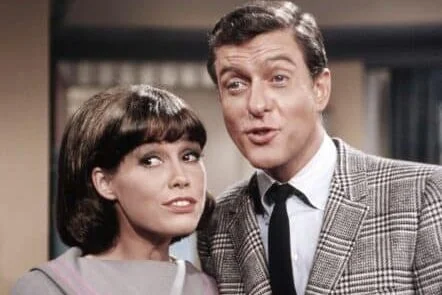
When The Dick Van Dyke Show introduced Mary Tyler Moore’s Laura Petrie as a stylish, capable homemaker who occasionally worked outside the home, it felt like a subtle revolution. Unlike many ‘60s sitcom wives, Laura wasn’t just a backdrop to her husband’s career. She had opinions, wit, and an identity of her own, showing audiences that marriage could be a partnership rather than a hierarchy.
Viewers saw Laura navigating parenthood, marriage, and the occasional professional endeavor without losing her charm or sense of humor. It helped plant the seed for more independent and career-minded TV wives in the decades to come. At the time, this shift quietly challenged the idea that a woman’s life revolved entirely around housework and children.
2. Bewitched Normalizes the Stay-at-Home Dad Dynamic (Sort Of)
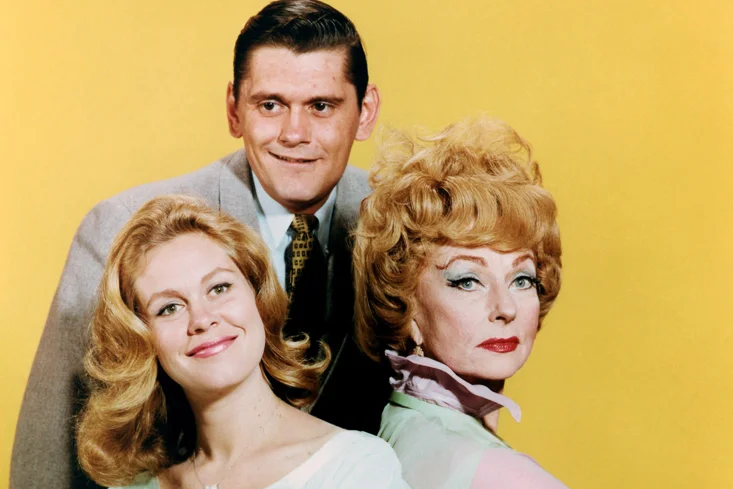
In Bewitched, Darrin Stephens wasn’t a stay-at-home dad, but he was often left scrambling while his witchy wife Samantha took charge of solving family problems. Their marriage presented a unique balance where Samantha’s magical abilities often put her in the role of protector and fixer, reversing the usual gender roles of the era.
This portrayal, even in comedic form, allowed audiences to see a household where the woman was frequently the more capable partner. It poked fun at stereotypes while also making them seem less rigid, paving the way for later shows where men and women could share household authority more equally.
3. Leave It to Beaver Tackles Divorce and Single Parenthood
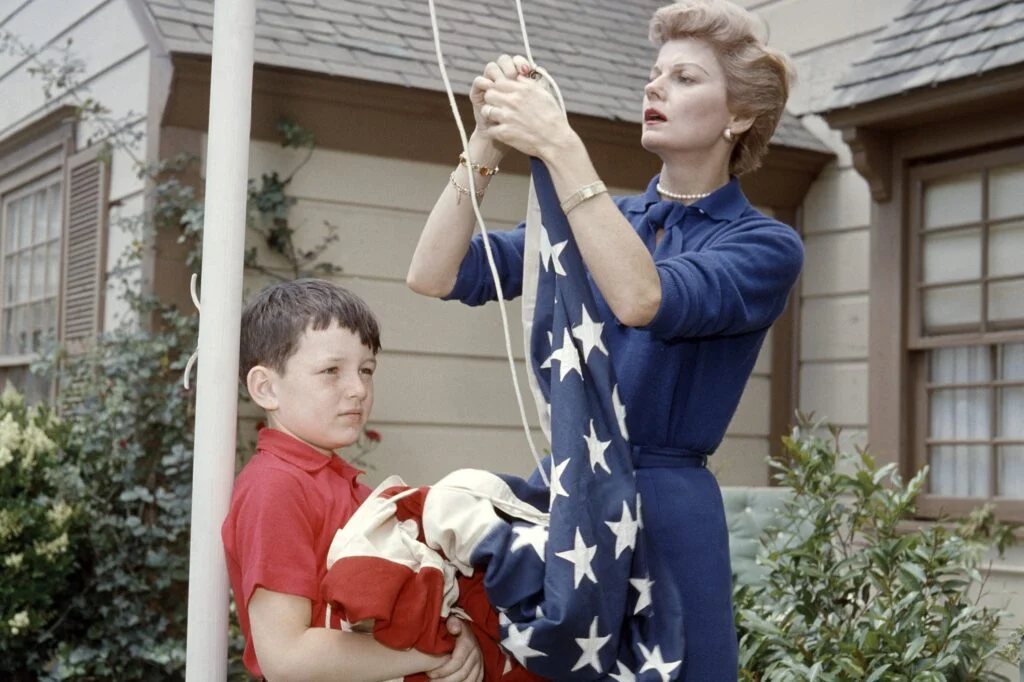
Although Leave It to Beaver is remembered for its picture-perfect suburban family, one of its later episodes took a surprising turn. It introduced a friend of Beaver’s whose parents were divorced, something rarely acknowledged on TV at the time.
The storyline treated the situation with sensitivity rather than scandal. By showing that a child from a “broken home” could still be happy and well-adjusted, the show subtly chipped away at the stigma surrounding divorce in the ‘60s.
4. The Andy Griffith Show Presents a Widowed Father Raising a Son
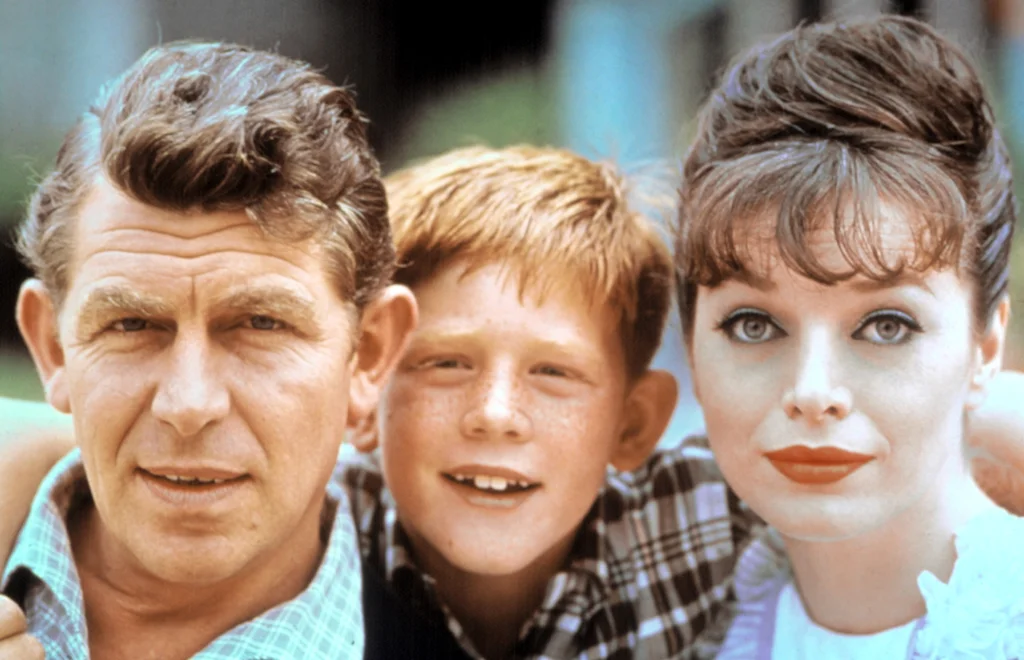
Sheriff Andy Taylor in The Andy Griffith Show was a widower raising his son Opie with the help of Aunt Bee. This setup was unconventional for the time, especially in a decade when TV families almost always featured two parents.
Andy’s calm, nurturing style and his emphasis on moral lessons provided a model of fatherhood that was warm rather than authoritarian. It suggested that men could be just as emotionally present in parenting as mothers, reshaping the image of the “ideal dad.”
5. My Three Sons Shows the Flexibility of Family Structure

When My Three Sons began, it centered on a widowed father raising three boys with the help of his father-in-law. Later, the show made a bold move by having the father remarry, bringing a stepmother into the mix.
It gave audiences a rare look at blended family life, which was almost unheard of in sitcoms at the time. The series handled the changes with a sense of warmth and acceptance, hinting that family bonds weren’t defined solely by blood.
6. The Brady Bunch Introduces the Blended Family as Mainstream

Though it premiered in the very last year of the ‘60s, The Brady Bunch was groundbreaking from its first episode. It told the story of a widowed man with three boys marrying a woman with three girls, creating one big household.
The show presented step-siblings not as rivals but as family, navigating challenges and celebrating milestones together. It was a colorful, lighthearted acknowledgment that modern families could look very different from the nuclear ideal.
7. Julia Puts a Single Black Mother at the Center of a Sitcom

When Julia premiered in 1968, it was the first sitcom to star an African American woman in a non-stereotypical role. Diahann Carroll played Julia Baker, a widowed nurse raising her young son.
The show broke barriers by portraying a professional, independent Black woman whose storylines focused on everyday life rather than racial struggle alone. It broadened the scope of what TV audiences could see as a “typical” American family.
8. Family Affair Highlights an Unmarried Parental Figure
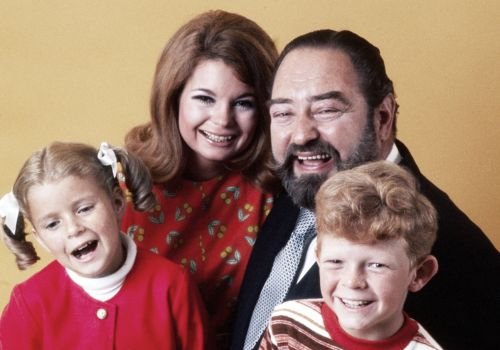
In Family Affair, bachelor Bill Davis becomes the guardian of his brother’s three children, upending the idea that a family had to be headed by a married couple.
The series showed a single man stepping into the role of caregiver with the help of his valet, Mr. French, blending comedy and heartwarming moments. It proved that love and stability could come from unexpected family arrangements.
9. Gidget Addresses Teenage Independence and Father-Daughter Bonding
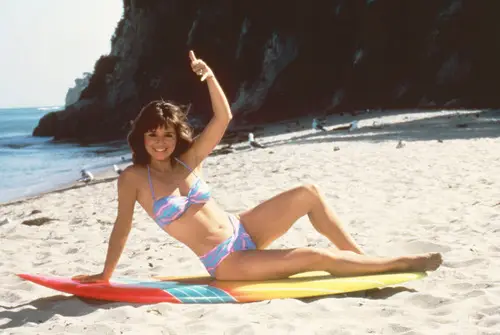
While Gidget was often a lighthearted teen comedy, it had an unusual premise for the time: a widowed father raising a teenage daughter who had her own adventures.
Their relationship was marked by open communication, mutual respect, and trust—qualities that weren’t always depicted between teens and parents on TV. It offered a refreshing alternative to the authoritarian father figure stereotype.
10. The Courtship of Eddie’s Father Blends Parenting with Friendship
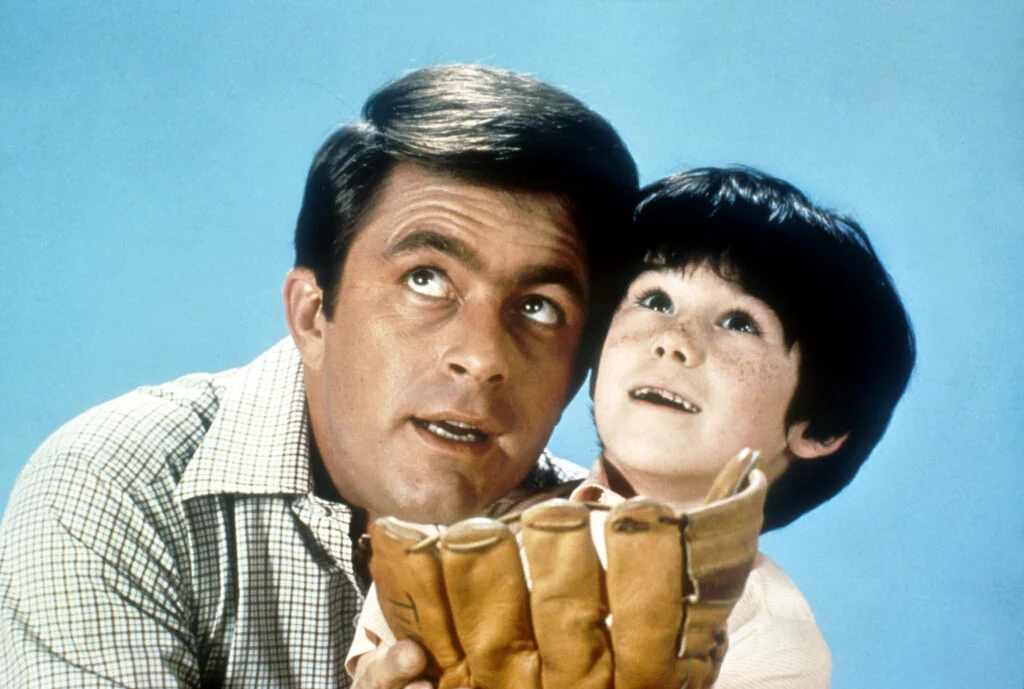
This series followed widower Tom Corbett as he navigated life with his young son, Eddie. What made it stand out was the genuine friendship between father and son, with Eddie often helping guide his dad’s romantic life.
It depicted a home where emotional openness was encouraged, showing that parents could learn from their children just as much as the other way around. This dynamic made the idea of family feel more reciprocal and less one-sided.
11. Room 222 Tackles Family Through a School Community
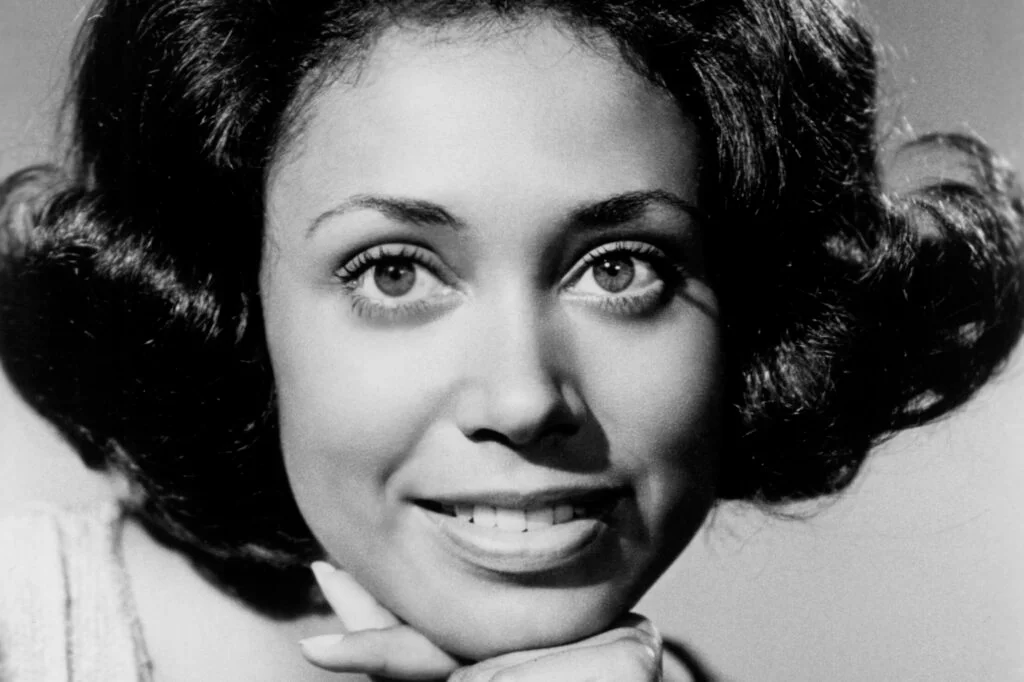
While Room 222 was set in a racially diverse Los Angeles high school, it often explored family themes through its students’ lives. Teachers like Mr. Dixon and guidance counselor Liz McIntyre acted as surrogate parental figures for kids dealing with everything from cultural clashes to absent parents.
The show offered a broader definition of “family” by showing how support systems could extend beyond the home. It acknowledged that guidance, love, and stability could come from mentors and community members, not just biological relatives.
12. The Patty Duke Show Explores Cousins as Sisters
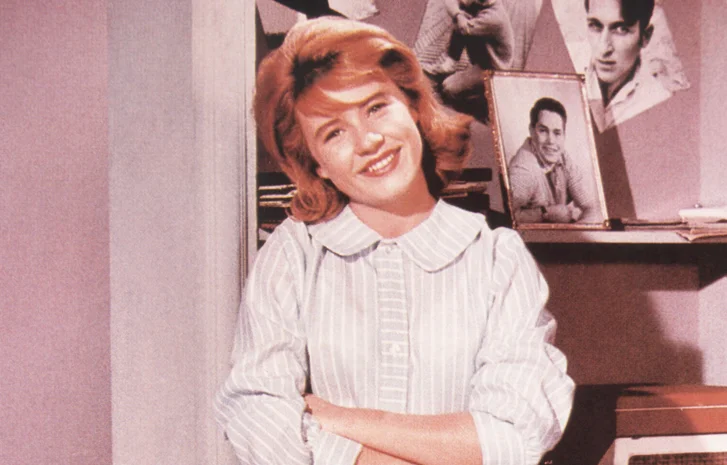
The Patty Duke Show featured identical cousins who looked alike but had vastly different personalities. The show often played with the idea that family bonds could be as strong between cousins as between siblings.
By showing the girls sharing a home and supporting each other despite their differences, it expanded the definition of what “immediate family” could be. It was a playful take on how love and kinship sometimes defy traditional labels.


